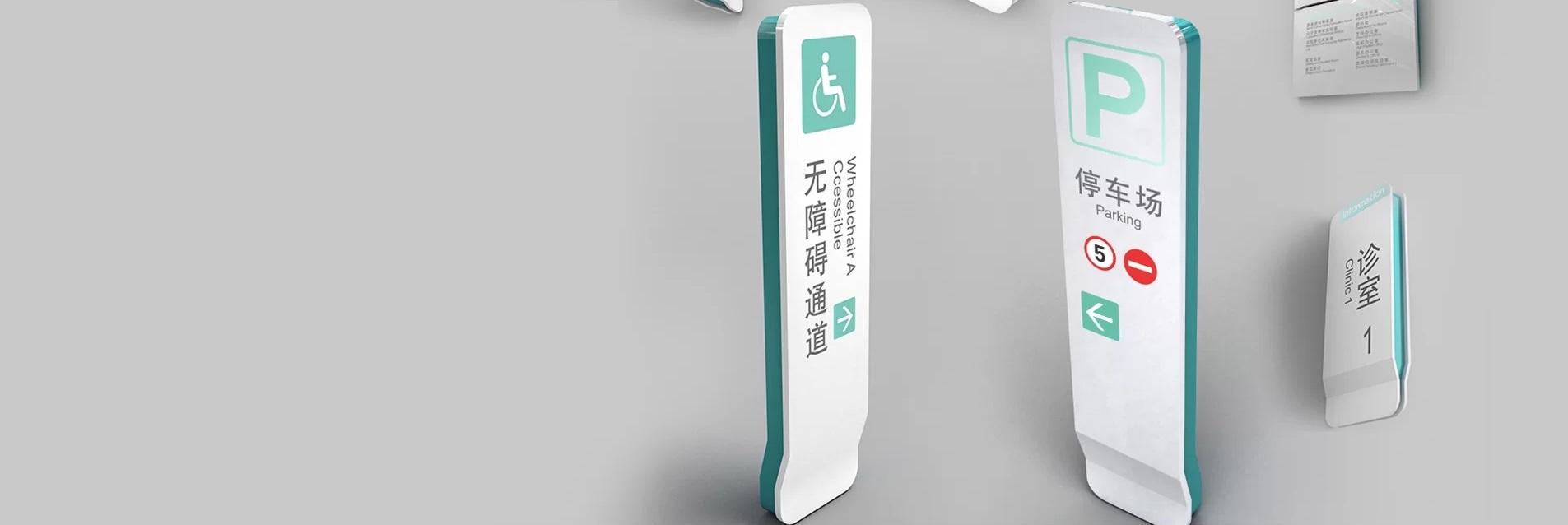Informational architecture signage system for hotel amenities
In the hospitality industry, effective communication plays a crucial role in enhancing the guest experience and operational efficiency. An informational architecture signage system for hotel amenities serves as a pivotal tool in achieving this goal. By integrating thoughtful design, strategic placements, and user-centered messaging, such a system not only improves navigation within the hotel but also reinforces the brand identity and values.
Expertise in signage design is essential for creating an effective architectural signage system. This involves understanding principles of wayfinding, legibility, and human behavior. Professionals specializing in this field employ proven methodologies to analyze guest flows and identify critical touchpoints within the hotel environment. By considering factors such as lighting, visibility, and accessible design, an effective signage system can guide guests with clarity and ease, allowing them to locate amenities—from the fitness center and pool to dining options and business facilities—without unnecessary frustration.
Experience plays a valuable role in the development and implementation of a comprehensive signage system. Successful case studies from reputable hotels illustrate how tailored signage can positively impact guest interactions. Hotels with well-designed signage often report increased guest satisfaction and reduced staff workload, as clear directions minimize inquiries. Moreover, a system that evolves through feedback and regular assessments ensures that it remains relevant and effective in meeting the needs of a diverse array of guests, from business travelers to families.
Authoritativeness in the realm of hotel signage encompasses not only adhering to industry standards but also integrating innovative technologies and trends. Digital signage, for example, is becoming increasingly prevalent, offering real-time information and interactive experiences. This evolution allows hotels to adapt swiftly to changes—whether it’s updating operational hours during a holiday or promoting special events. Leveraging data analytics, hotels can also tailor their signage to better serve guest preferences, design experiences that resonate with them, and ultimately, enhance loyalty.
In conclusion, an informational architecture signage system for hotel amenities serves as both a practical necessity and a strategic asset. By prioritizing expertise, experience, and authoritativeness, hotels can create a seamless and enjoyable environment for their guests while reinforcing their commitment to exceptional service. Adopting such a system not only enhances operational flows but also transforms the guest journey into a memorable and engaging experience that encourages return visits and positive reviews.
